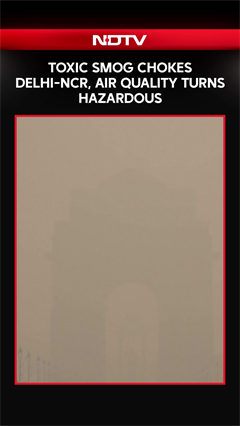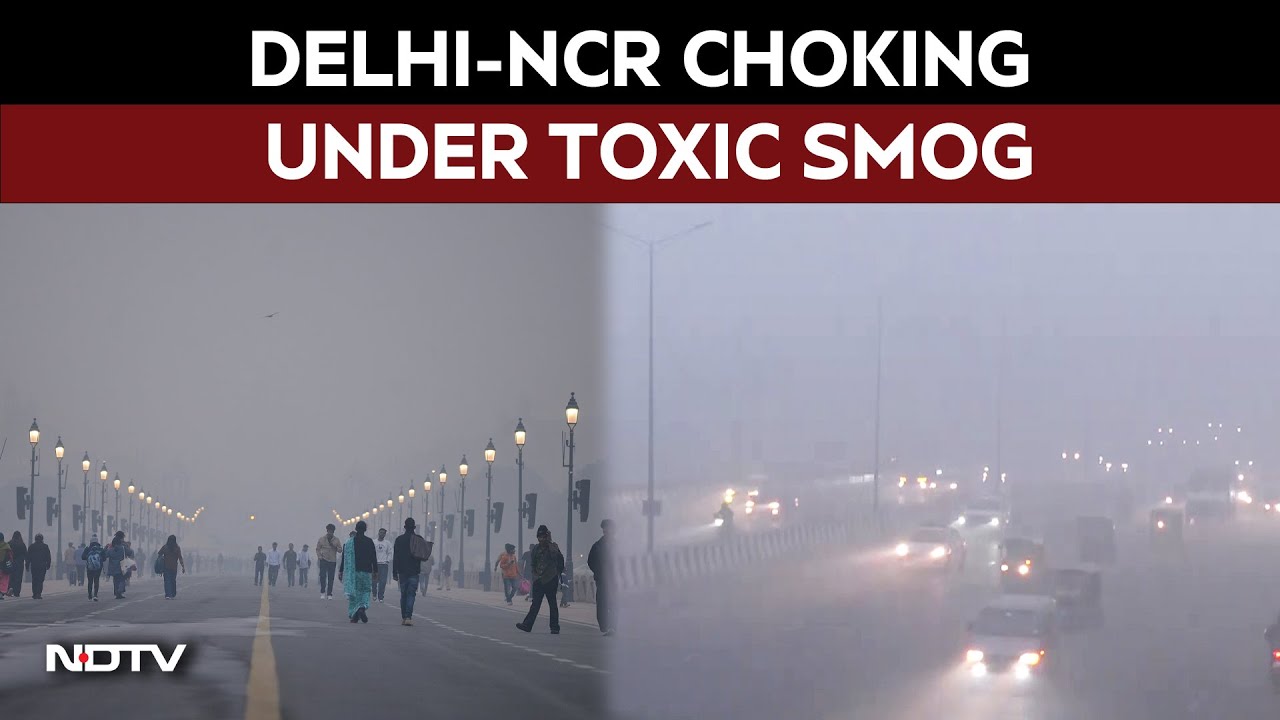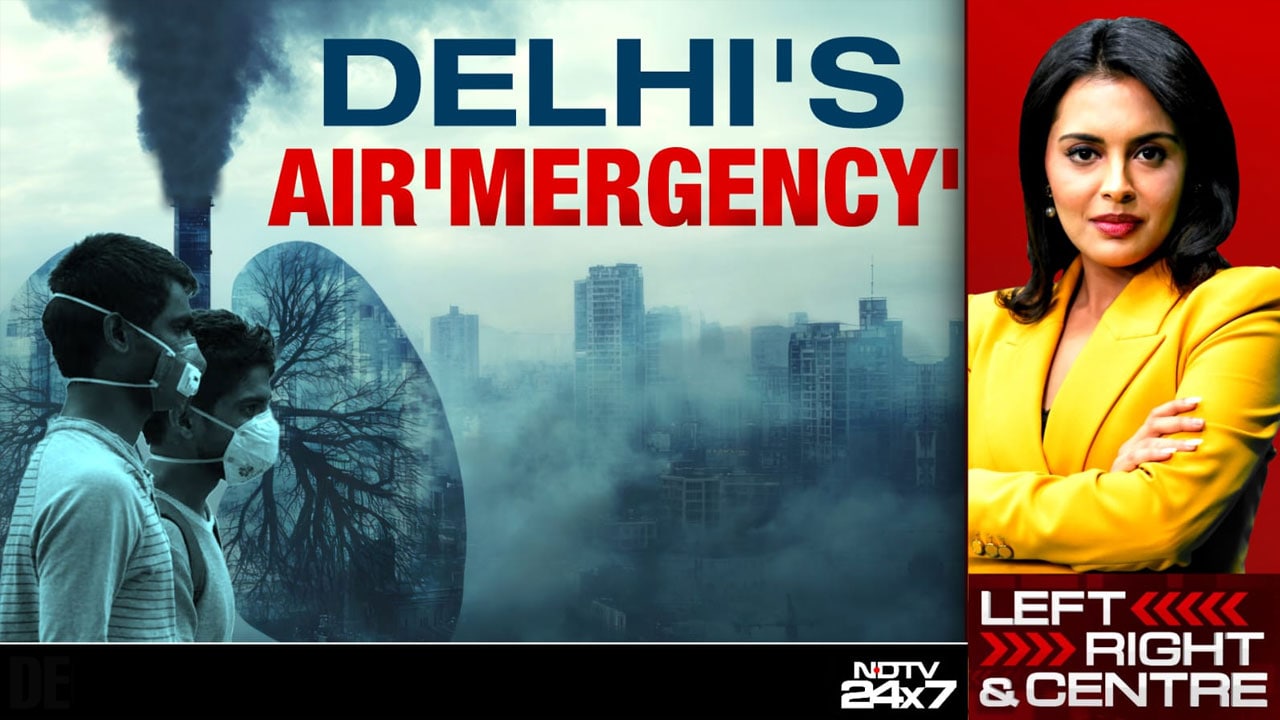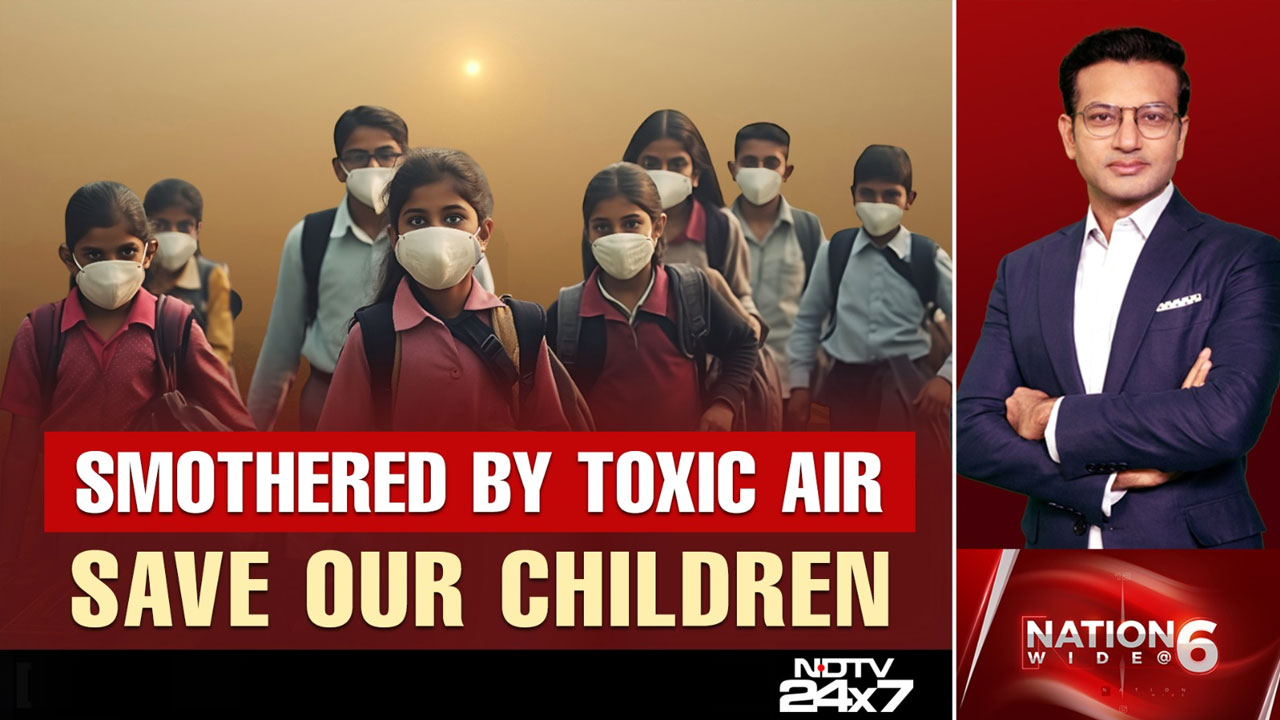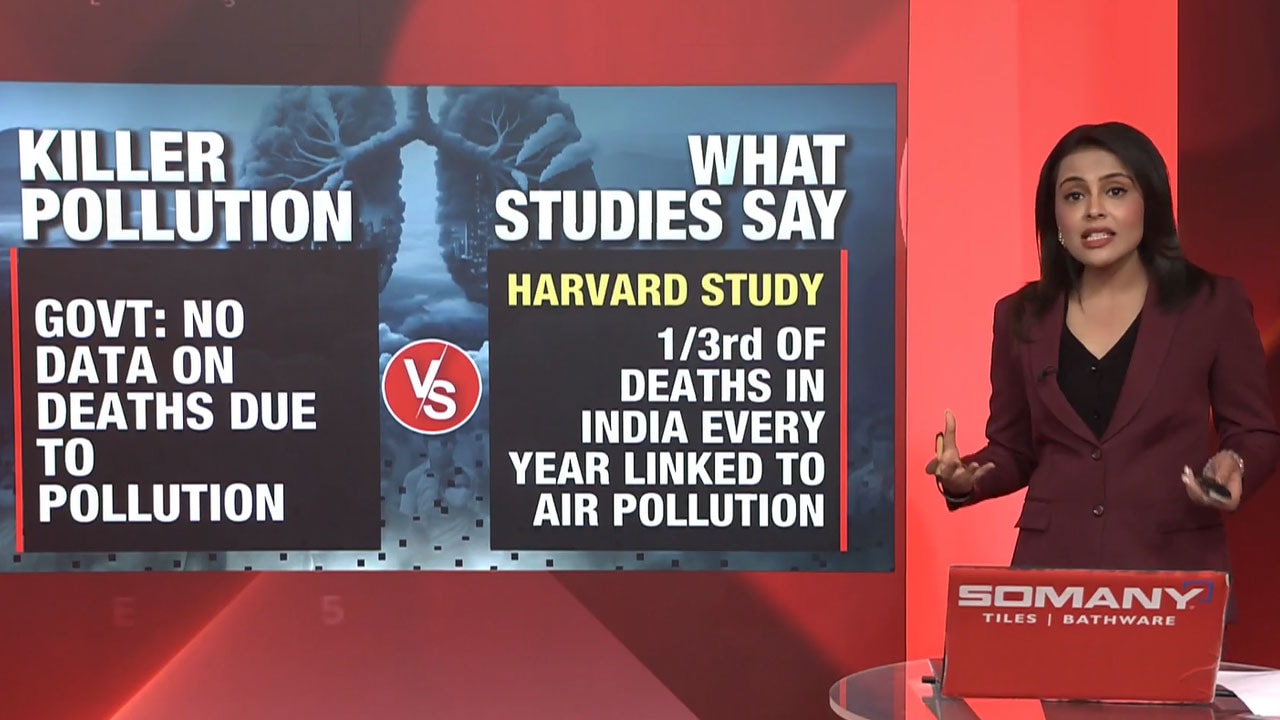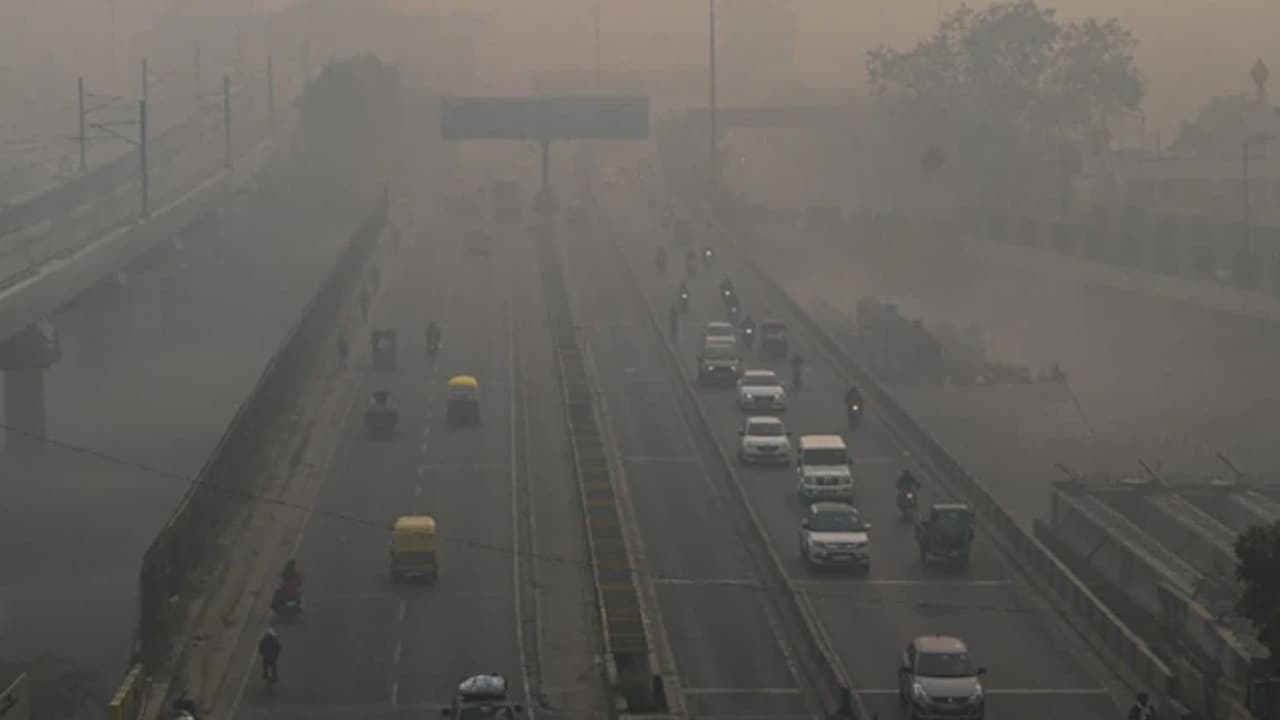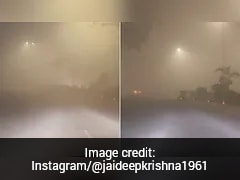anisha bhatia mahika binnani
'anisha bhatia mahika binnani' - 1 News Result(s)
- Anisha Bhatia & Mahika Binnani | Monday May 19, 2025
Bachpan Manao has launched First Songs' a repository of over 100 lullabies in 13 Indian languages collected from families across India
................................ Advertisement ................................
Latest Videos
Show MoreLatest Stories
Show More- Edited by Srishti Singh Sisodia | Monday December 15, 2025
Delhi's air quality has been a major concern, with the city's Air Quality Index (AQI) worsening to the 'severe plus' category.
- Written by Toshita Sahni | Monday December 15, 2025
A UK traveller's video about running into a visibility problem when visiting the famous Taj Mahal in Agra has resonated with many. The post is also viral at a time when North India is facing serious air pollution concerns.
- Edited by Srishti Singh Sisodia | Monday December 15, 2025
The severe air quality poses significant health risks, particularly for children and the elderly.
- Reported by Ankita Tiwari | Monday December 15, 2025 , New Delhi
A thick toxic haze blanketed Delhi today morning, reducing visibility and disrupting flights and train schedules as the capital battled hazardous air quality.
- Monday December 15, 2025 , New Delhi
Students from nursery to Class 5 will have to study in virtual mode compulsorily due to rising air pollution, the Delhi government said today.
- Press Trust of India | Tuesday December 16, 2025 , New Delhi
Pets and birds are increasingly showing signs of respiratory distress, eye infections, and stomach ailments with rising pollution in Delhi, the city's veterinary doctors have said.
- Press Trust of India | Monday December 15, 2025 , New Delhi
As Delhi vanishes behind a dense-grey curtain and toxic air continues to choke the NCR, a new survey has found that 82 per cent of Delhi-NCR residents have one or more people in their close social network suffering from severe health problems.
- Press Trust of India | Monday December 15, 2025 , New Delhi
The Supreme Court on Monday said it will list for hearing on December 17 a plea related to worsening air pollution levels in Delhi-NCR.




